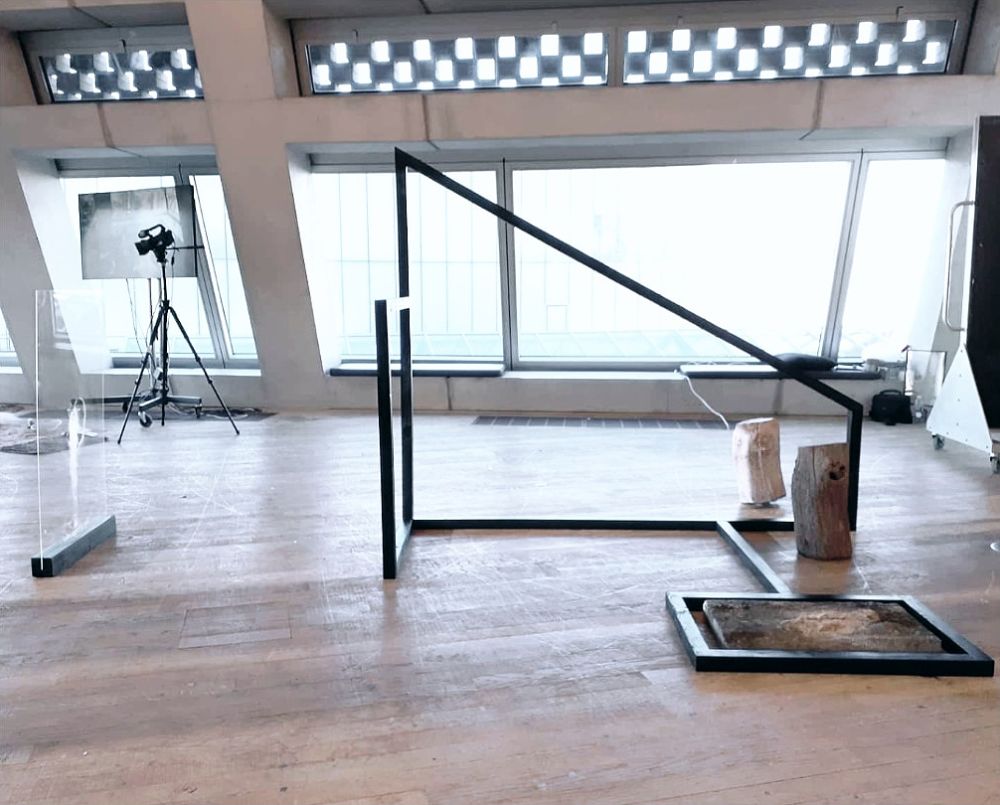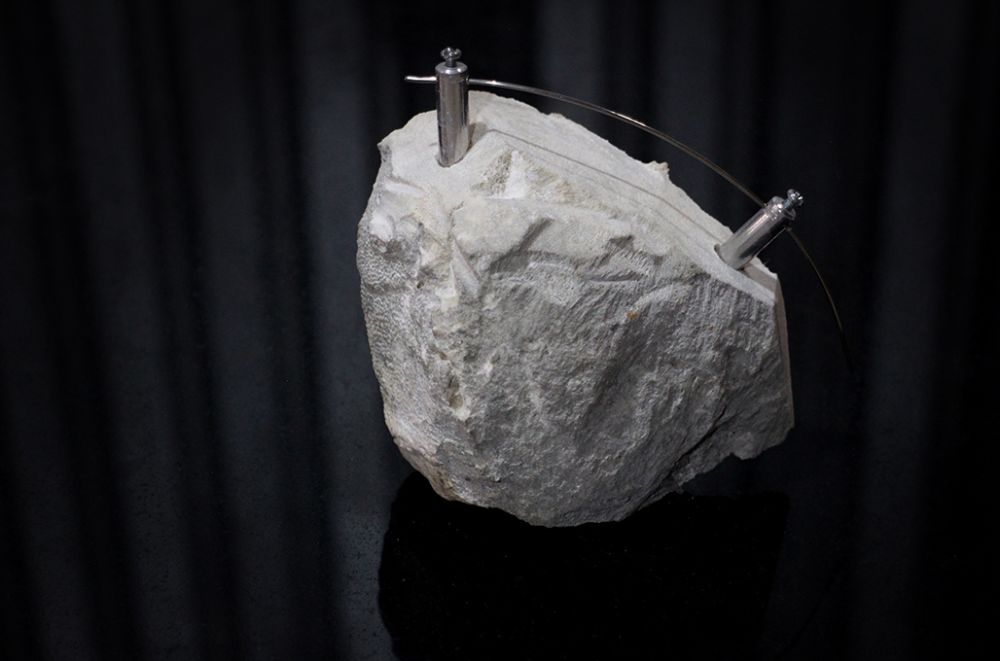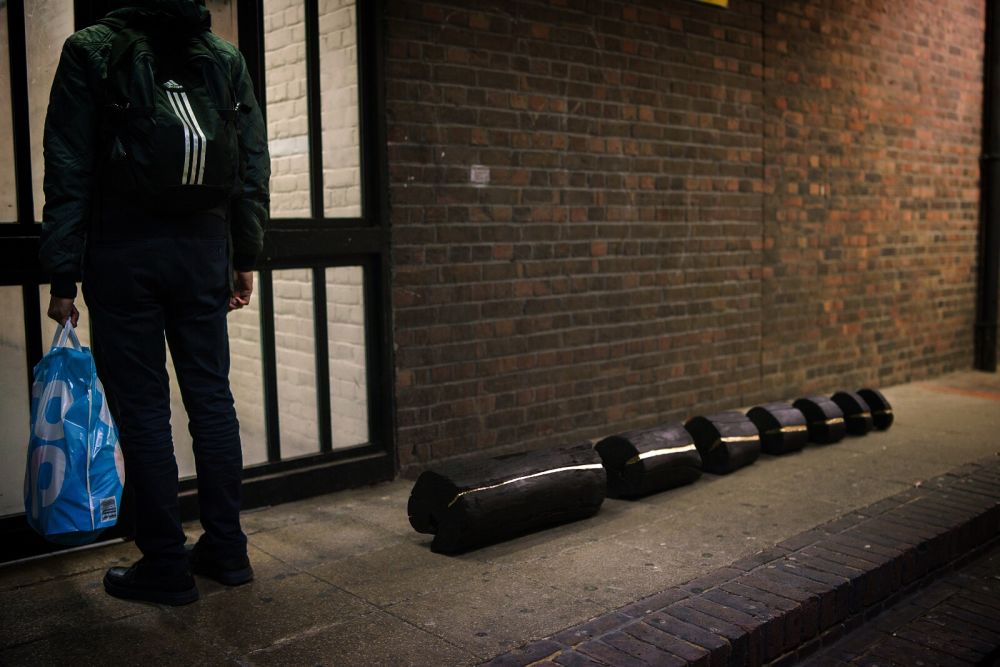Marie-Louise Jones from Central Saint Martin's MA Fine Art Course has been selected as the AER artist in residence at LABVERDE located within a nature reserve in the Amazon Rainforest, Brazil.
LABVERDE: Art Immersion Program in the Amazon functions as a multidisciplinary platform for the development of nature and ecology critical thinking. Artists, scientists and other agents of knowledge come together to recognise and narrate nature, in an attempt to create new ways of existing and interacting with the natural environment, as well as speculate on possible futures.
Set up by Professor Lucy Orta UAL Chair of Art for the Environment - Centre for Sustainable Fashion in 2015, The Art for the Environment International Artist Residency Programme (AER) provides UAL graduates with the exceptional opportunity to apply for short residencies at one of our internationally renowned host institutions, to explore concerns that define the 21st century – biodiversity, environmental sustainability, social economy, and human rights.
Read Marie-Louise Jones' successful residency proposal:
After embarking on a 15 month nomadic journey across 3 continents (Asia, Europe and USA) my practice became concerned with polarity and transformative journeys. Embarking on long journeys into unknown landscapes, whether physical, emotional or spiritual, to explore materiality and immateriality, organic and artifice, the personal and the universal. Interrogating notions of seemingly opposing forces I attempt a reconciliation of dichotomies to create spaces for harmony and contemplation.
Working predominantly with installation and with a great curiosity for materiality I work with the natural and the artificial, using organic materials wood and stone in contrast with industrial materials such as concrete and steel that manifest in various forms of sculpture, print, photography, moving image, and collage. Considering formal propositions and thinking about how placement can produce content I explore relationships between landscape, image, form and material.
Methodologies can include journeys, wandering and collecting from the surrounding environment to create physical mood boards of local landscapes to use as ingredients for the production of work. For example ‘Erosion/Deposition ’ at Tate Modern, starting with a concrete paving slab (industrial) extracted locally, and a log (organic) from nearby woods, I produced an interactive installation, an experimental work that explored the materiality of an everyday landscape whilst reflecting on the relationship we have with the natural world and built environment. I replicated the log with an industrial material and during the installation invited the audience to simulate the process of erosion, gradually wearing away the 3D concrete replica, depositing the dust to create a 2d drawing. I wanted the audience to reflect upon the process of destroying one thing to build up another, in the same way the increase of industrial construction has meant the continuous destruction of the natural world.
EROSION/DEPOSITION (2020) for Tate Exchange, Tate Modern, London
Responding to materials collected or observed within the local landscape is a process also used for my artist residency at Dia Projects, Vietnam - a project supported by the Arts Council England in 2018. I spent one month in the industrial zone of Ho Chi Minh, a city undergoing rapid redevelopment, exploring local stone and industrial building materials and reflecting upon much of the loss of the natural landscape across Vietnam to make way for concrete jungles of hotels and shopping malls.
I am now undertaking my MA in Fine Art at Central Saint Martins, for which I have been awarded the Mona Hatoum Bursary whilst working on my current project exploring recycled waste materials as replacement aggregate for concrete via amateur engineering experiments for ‘Simulants’.
Gallery
I have recently formed a new art/science collaboration ‘HybridLife Collective’ to explore relationships between the organic and artificial, bringing together a group of artists, scientists, and software engineers to use art and technology to explore mankind's relationship with the natural world. The Labverde Residency would be incredibly helpful for my contribution to this work. It provides a unique opportunity for a period of intense research whilst completely immersed in interaction with a unique and powerful landscape. Exploring ecological reserves and visiting forest zones impacted by the Anthropocene has the potential to really shape the future of my practice, providing a basis for research that can be developed after the program, so although a concentrated period, the benefits will extend beyond the duration of this activity, impacting on my long-term development.
Time spent with the mediation and scientific teams will provide a great insight and a wealth of knowledge, as well as creative exchange with other residents who share common research interests which could lead to collaboration or unexpected evolutions of work. I enjoy collaboration and sharing knowledge so I can contribute my own research and previous residency experience in return. Our newly formed HybridLife Collective is always open to new collaborators to join forces. When thinking about the role of art in engaging social-ecological behavior, finding new approaches to posing problems is the work of making art in the anthropocene. My work encourages the viewer to think about nature both human and environmental, and humanity’s relationship with nature, acting as a catalyst for conversation and contemplation.
A significant transformation is occurring in how we understand the intersection of human culture and the environment, and we need to develop an understanding of the interconnectedness of all things and how we depend upon the non-human world, a world in which we inhabit and are also composed of.
The world’s forests are built on symbiotic partnership and as the biggest forest in the world I will use my time on the residency to examine the symbiotic relationships of the Amazon, observing and recording data, considering spatial and temporal relationships between the actors/agents in the ecology and ecosystem. I will record and interpret the landscapes unique textures, surfaces and materiality. There is something undeniably human about the forest. We have always had an important relationship with it, so much of human culture has been built from trees and wood. I want my work to contribute towards an improved symbiotic relationship between humans and the natural world moving towards a more harmonious coexistence.
Find out more about the AER 2020 Programme
Related Links:













